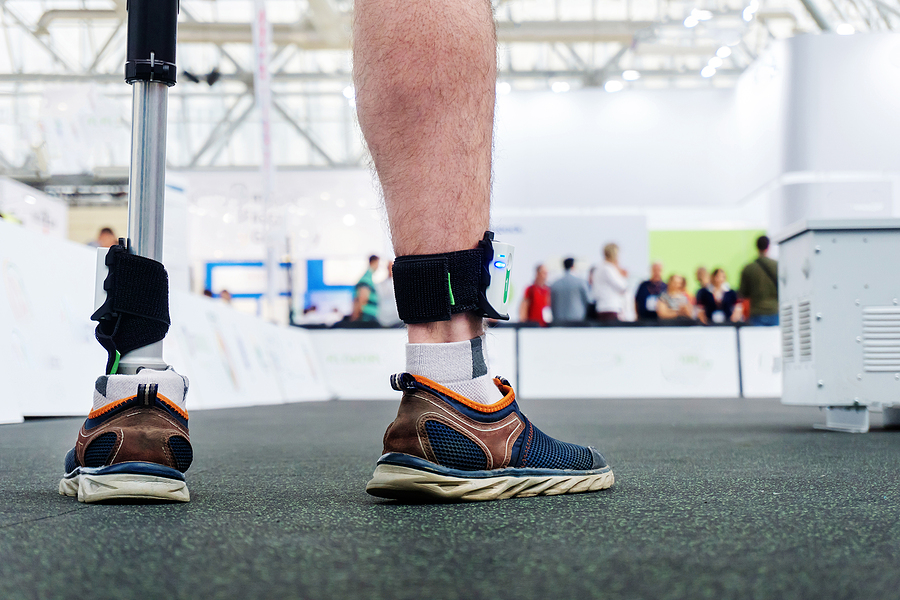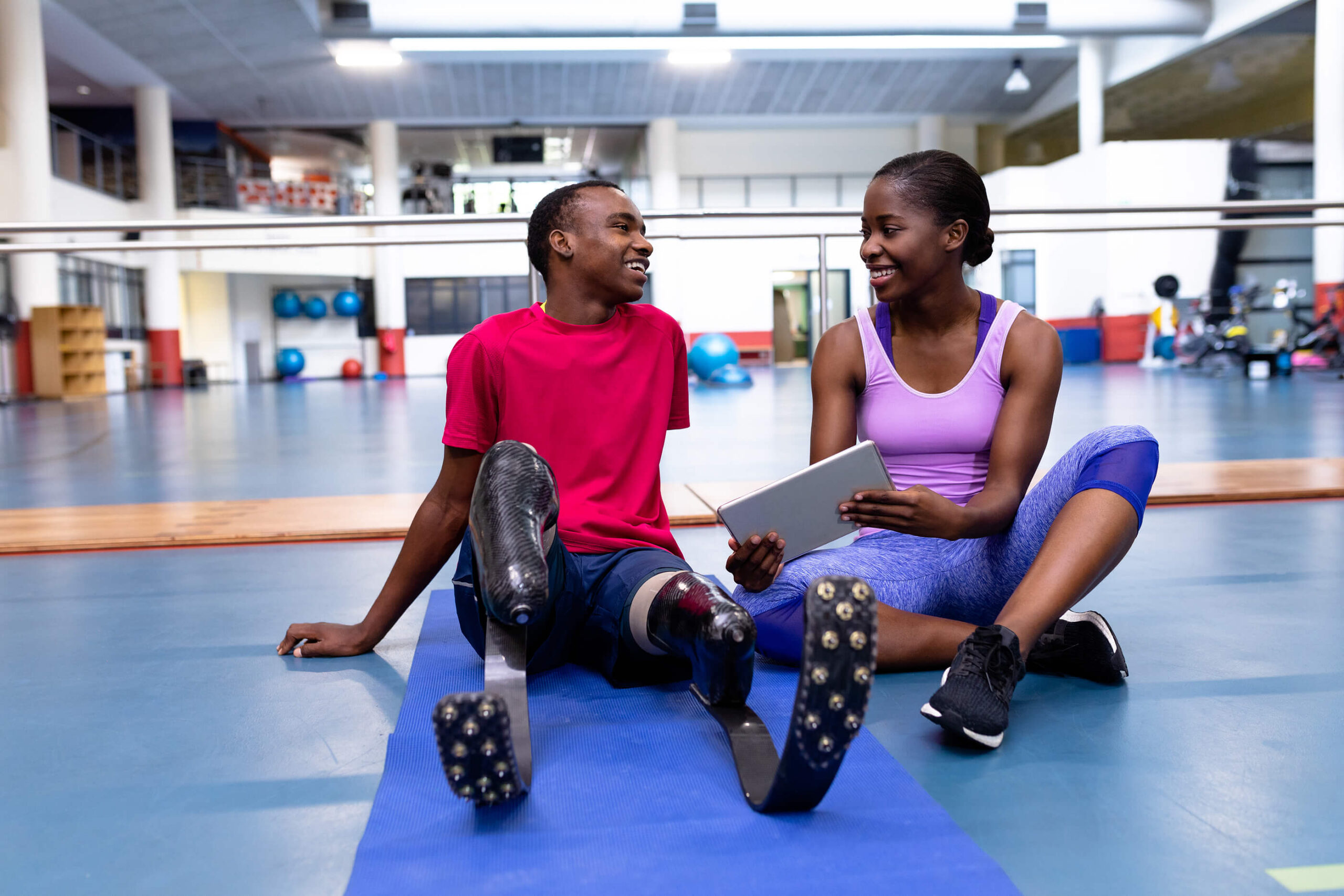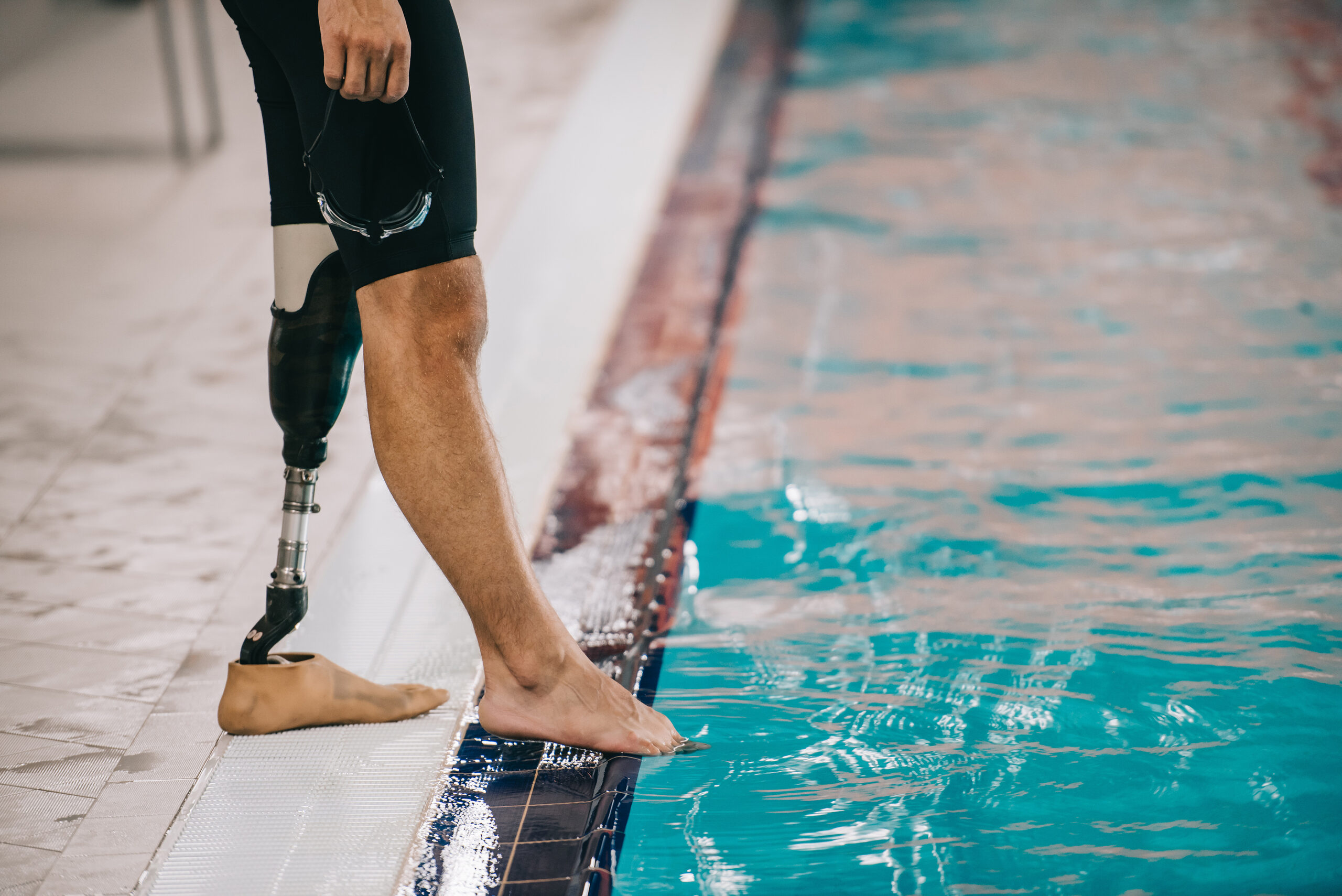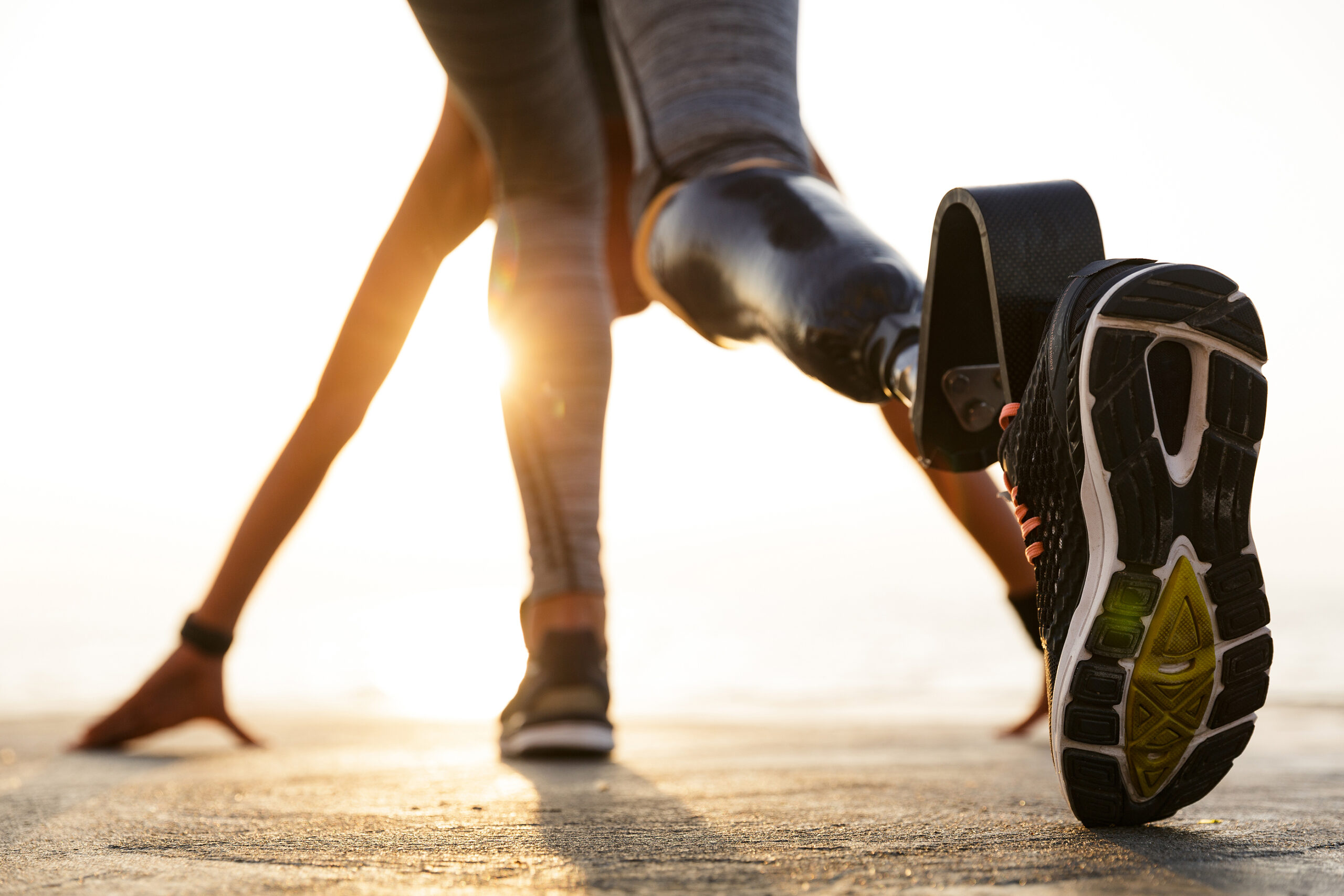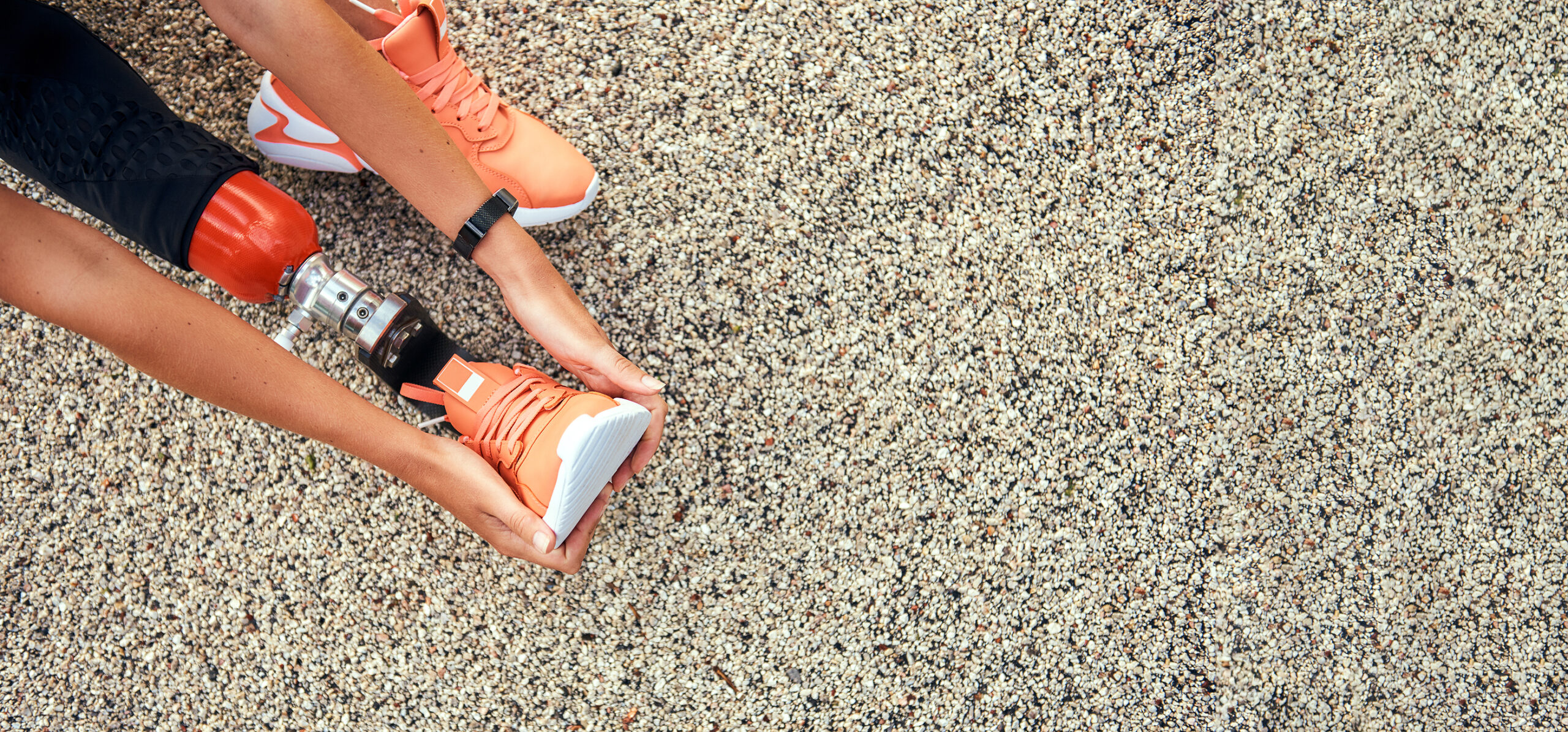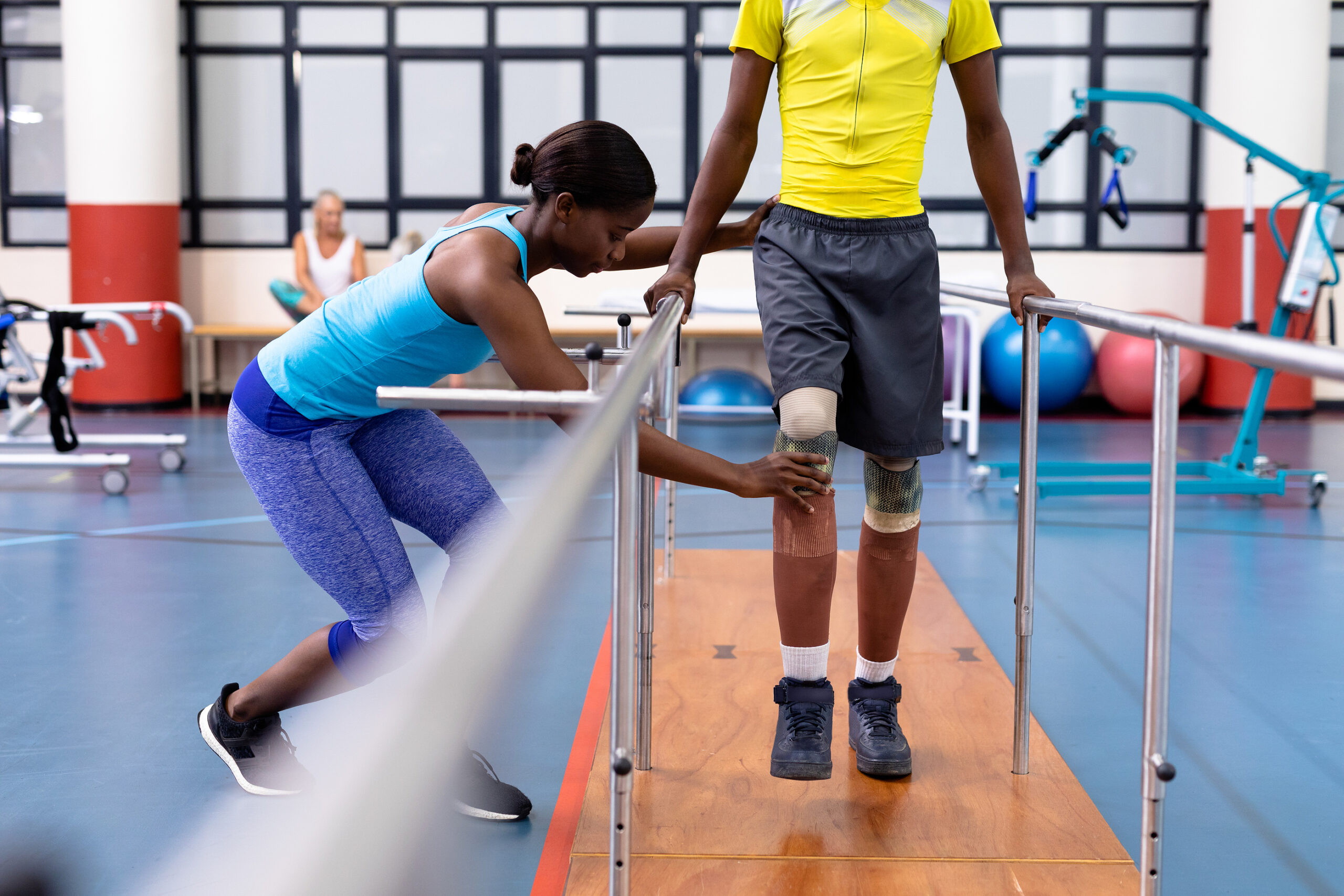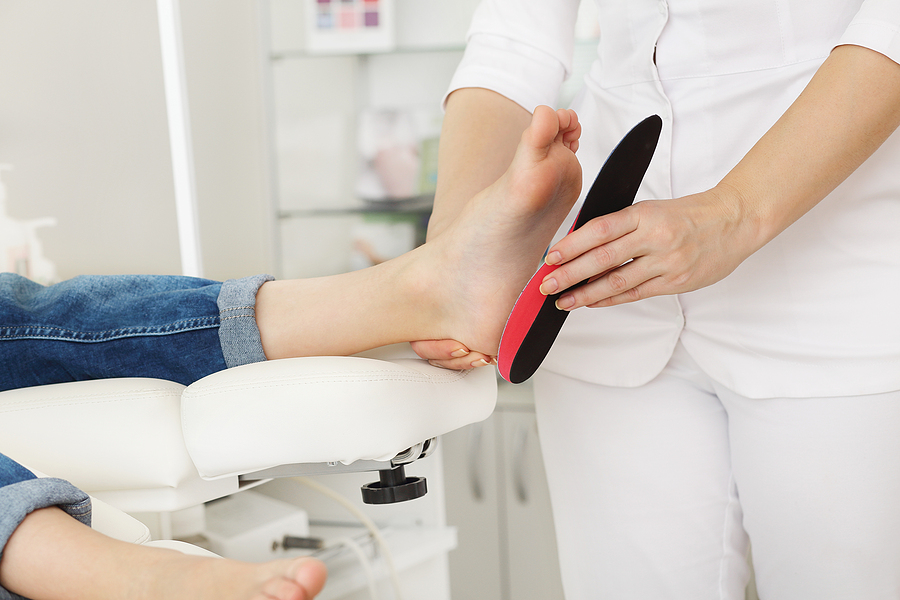Prosthetic limbs are designed to assist you in functioning better in your day-to-day life, and they’ve been around for centuries. Fortunately, with the advancement of science and technology, they’ve come a long way, and with the right prosthesis, you can do everything possible to make your life uniquely yours. One of the most important parts of what makes that possible is your comfort level. When it comes to getting fit for a prosthetic limb, you need to understand what a proper fit entails and what supplies to obtain to feel as comfortable as possible. Below, we’ll go over the different parts of a prosthesis, why each part is integral for your comfort, and what the fitting process entails.
What Are the Parts of a Prosthesis?
There are many different options for limb prosthetics, but the basic makeup and fitting process for all of them is generally the same. The components of a prosthesis are:
The prosthetic liner
The prosthetic liner is an interface system that acts as a barrier between the residual limb and the prosthetic limb. Throughout the day, the size of the residual limb will change based on things like activity, weather, and other factors, and the prosthetic liner manages those changes and allows for flexibility and prolonged comfort. One type of prosthetic liner is a gel cushion, made of silicone gel or viscoelastic, and covers the residual limb to protect the skin and adjust to varying pressure that’s applied to it.
A prosthetic sock is an alternative interface to the gel version and is made of wool, nylon, or synthetic materials. It occasionally has gel woven between the material for added comfort, and it’s pulled over the residual limb, like a sock, for protection. Prosthetic socks come in different thicknesses to accommodate the changes in the residual limb’s size.
The suspension system
The suspension system connects the prosthesis to the body. The commonly used forms of suspension are vacuum, passive suction, an interface with a locking pin, anatomical, or belts and straps.
Structural components
The basic components that make up a prosthetic limb are the prosthetic socket, which is a hard piece of plastic that the residual limb is inserted into; the appendage, such as a hand or foot; the joints, such as the wrist, elbow, shoulder, ankle, knee, or hip; and the connecting module, which connects the appendage and joint to the socket.
What Is a Shrinker?
You may have heard of prosthetic liners and prosthetic socks before, but what is a shrinker? A shrinker is a medical compression sleeve for your residual limb that applies the right amount of pressure to the limb and is designed to help it fit seamlessly into a prosthetic socket. As its name implies, the shrinker is worn to reduce, or shrink, the swelling that not only happens over the course of the day but after amputation. It also helps promote healing, improve circulation, and shape your scar. The shrinker can also desensitize your limb, improve phantom limb pain, and reduce the amount of time it takes you to get your prosthesis.
What is the Prosthesis Fitting Process?
During the fitting process, your prosthetist will use digital imaging or make a fiberglass or plaster mold of your residual limb. The mold is used to make a model of the residual limb. The model is then used to craft the prosthetic socket around it.
At this stage, the prosthetic socket is used to test out different component combinations and see which one provides the most stability, versatility, comfort, and support. After the prosthetic socket fit is finalized and the components have been chosen and designed, the definitive prosthetic socket is made. It usually takes anywhere from 5 to 15 visits with your prosthetist to get your fit dialed in and perfect for you.
While your prosthetic limb might initially appear similar to other people’s, it’s constructed to be as unique as you are and should allow you to live the life you want. With properly fit supplies like a prosthetic sock, a shrinker, a prosthetic liner, and a prosthetic socket, your comfort day in and day out is all but guaranteed. If you have questions about prosthetics, want to get fit for one, or want more information about us, contact us today.


